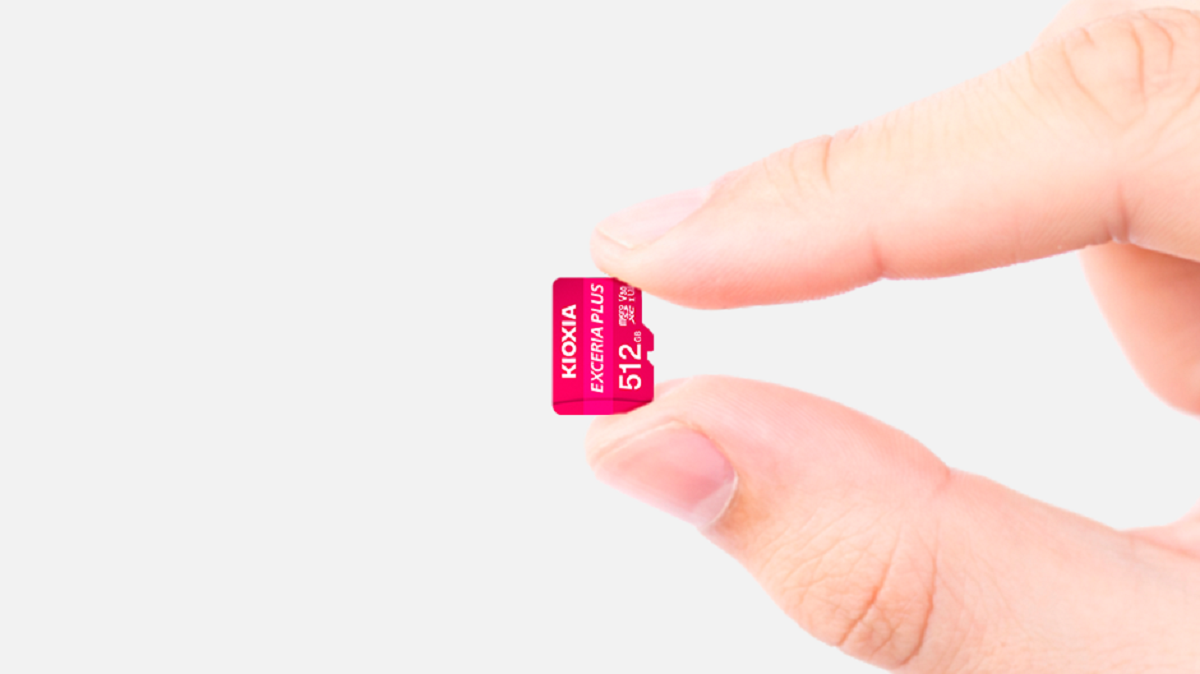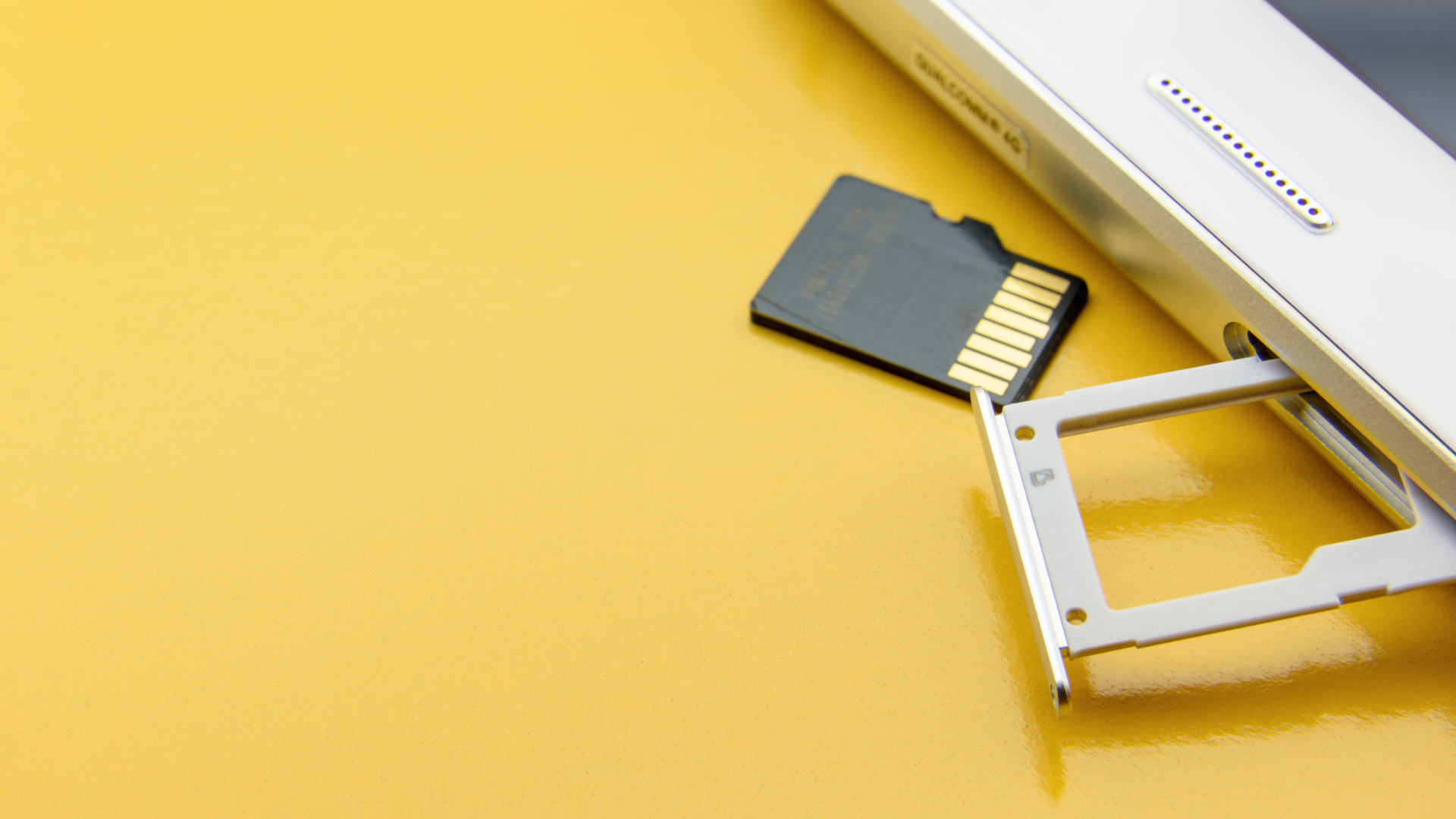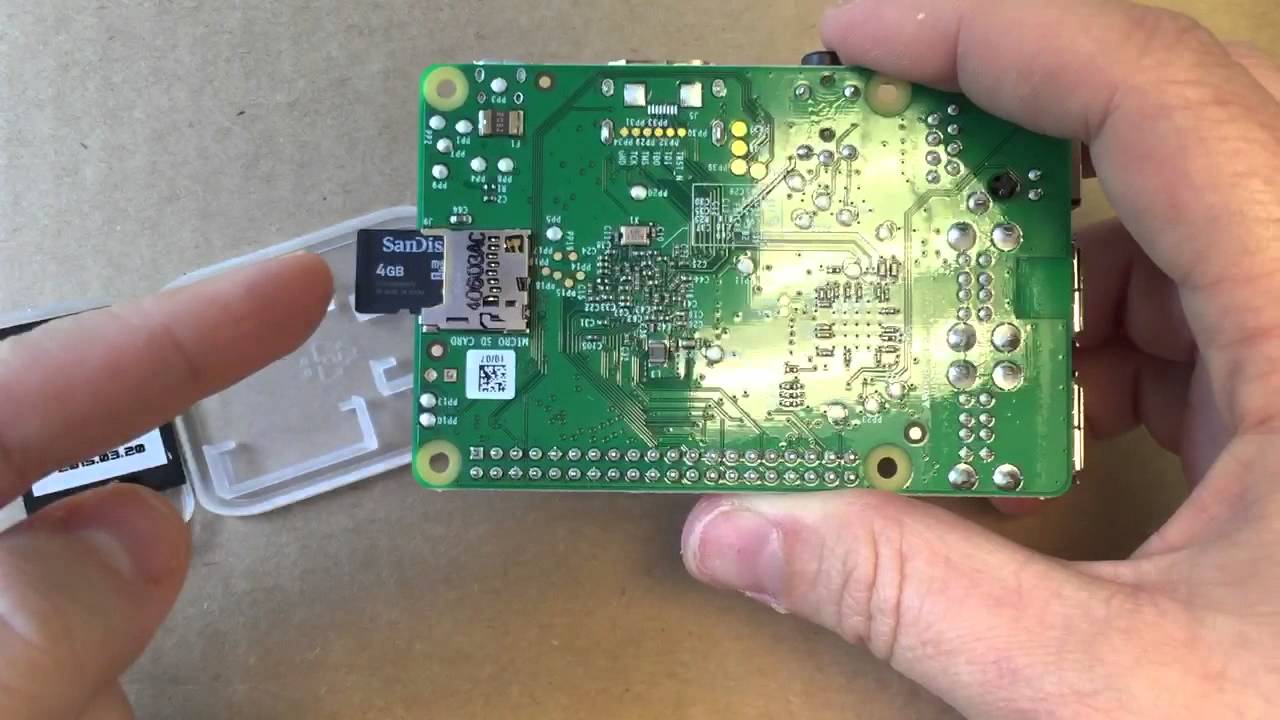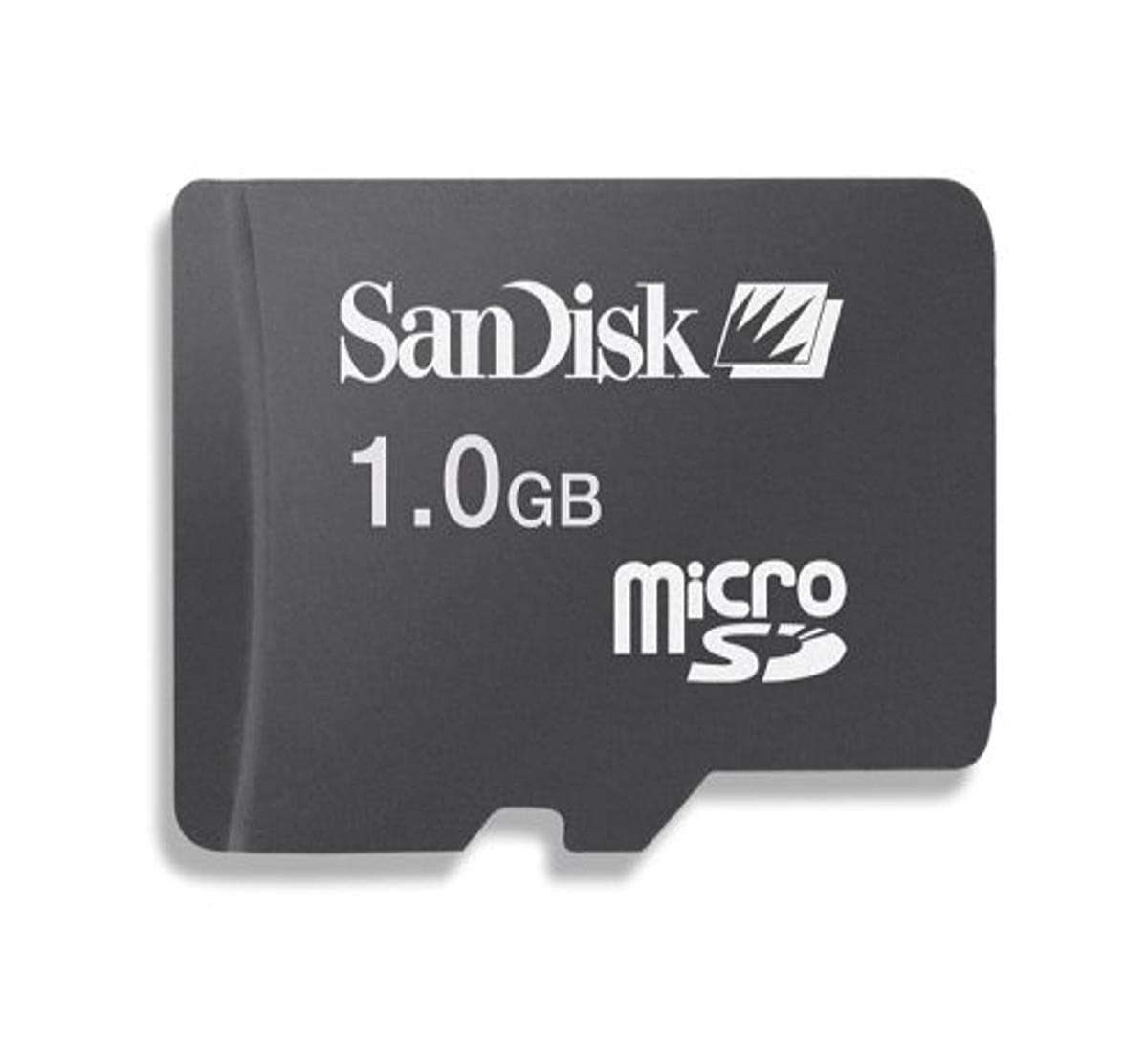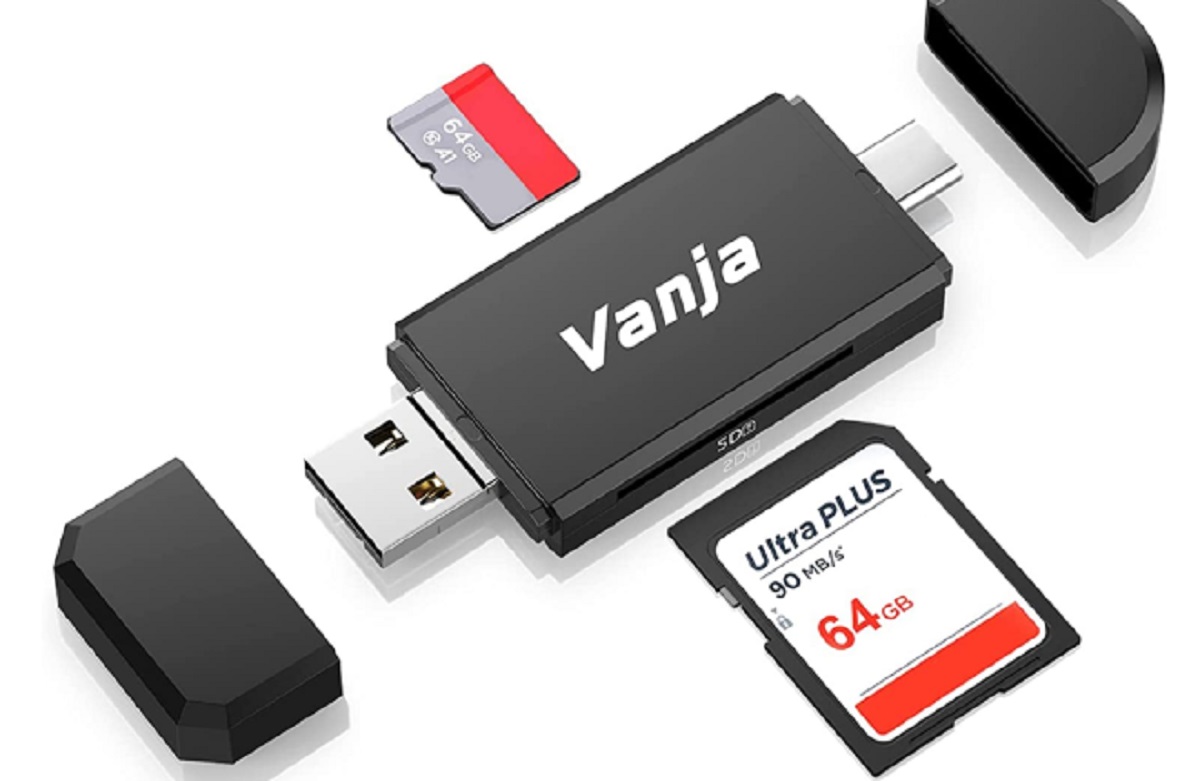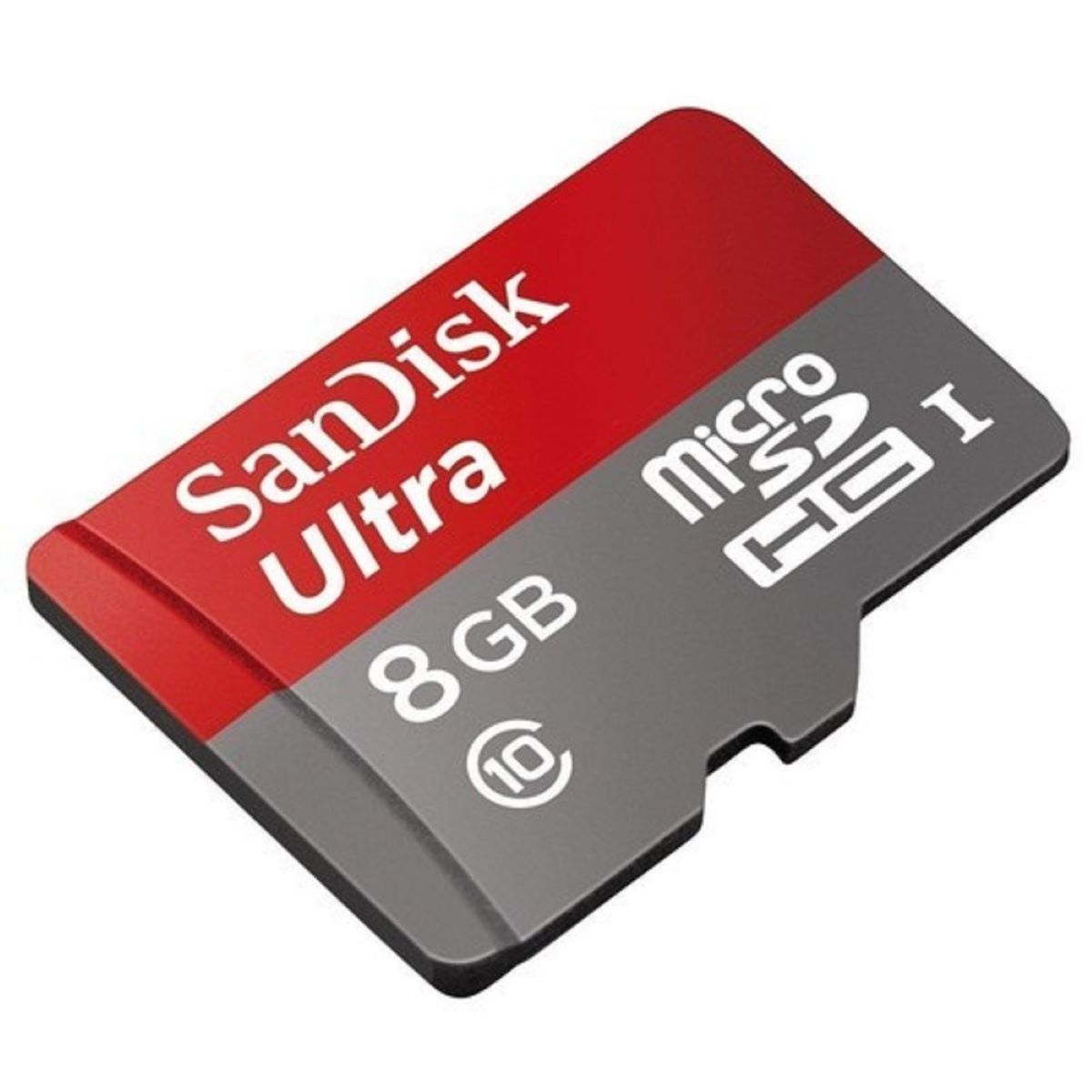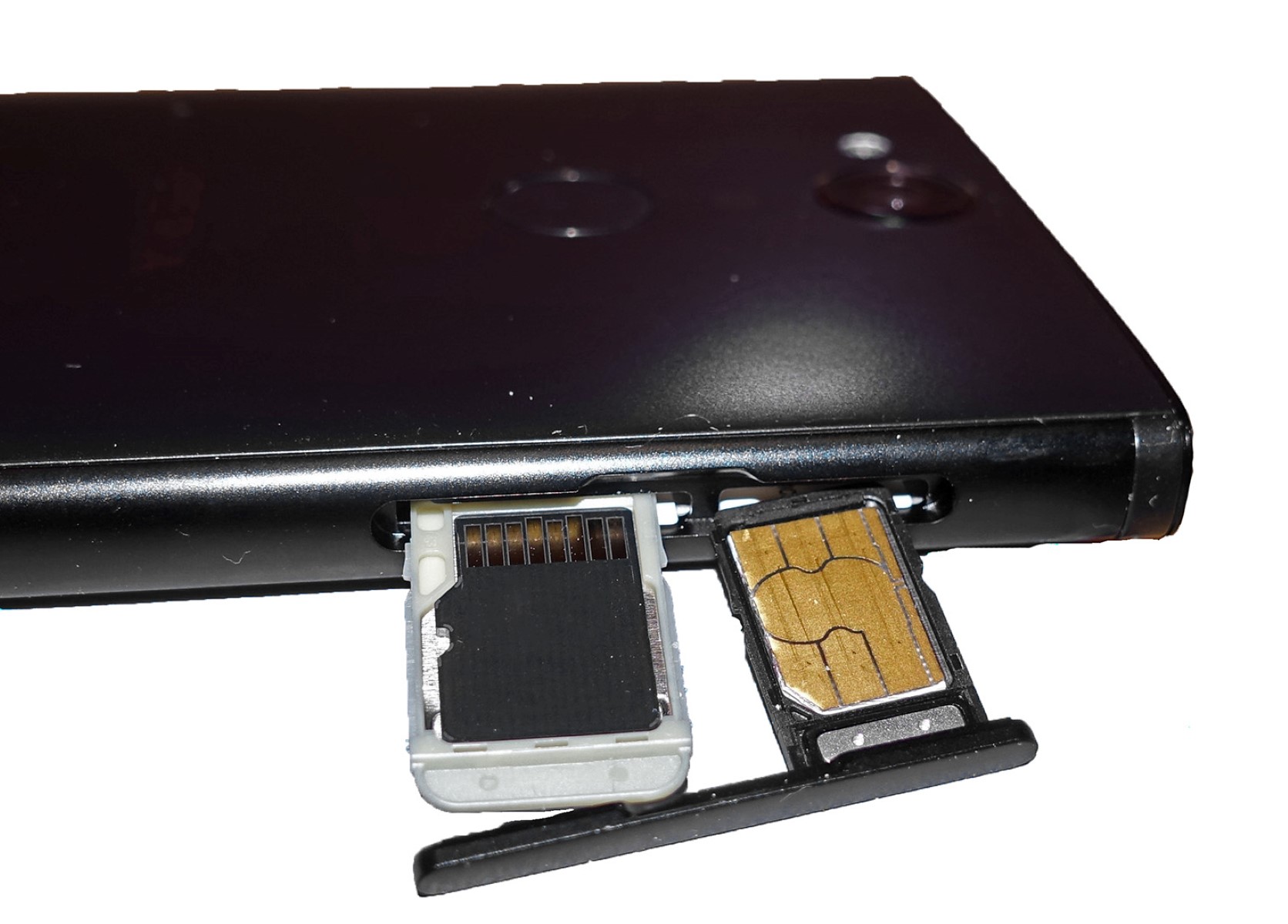What Is a Micro SD Card
A micro SD card, short for micro Secure Digital card, is a small removable flash memory card that is commonly used to expand the storage capacity of electronic devices such as smartphones, tablets, digital cameras, and gaming consoles. It is a compact and portable storage solution that allows users to store and transfer a wide range of digital content.
The micro SD card is an essential accessory for many devices that have limited internal storage. It provides users with the flexibility to carry and access their files, documents, photos, videos, and music on the go. Unlike traditional SD cards, which are larger in size, micro SD cards are about the size of a fingernail, making them compatible with a wide range of devices that have a micro SD card slot.
Micro SD cards are based on flash memory technology, which allows for quick and reliable data storage. They are available in various storage capacities, ranging from a few gigabytes to several terabytes. The storage capacity you choose depends on your specific needs and the types of files you plan to store.
These tiny cards are equipped with a built-in controller that helps manage data transfer, access, and retrieval. The controller ensures that data is stored and retrieved efficiently, minimizing the risk of data loss or corruption. Additionally, micro SD cards provide fast read and write speeds, allowing for seamless playback of high-definition videos and smooth file transfers.
To use a micro SD card, you simply need to insert it into the designated micro SD card slot on your device and format it if required. Once inserted, the device will recognize the card as an additional storage option, allowing you to save files directly to the card or move existing files from the internal storage to the micro SD card.
In summary, a micro SD card is a small but powerful storage solution that offers a convenient way to expand the storage capacity of electronic devices. Whether you need extra space for photos, videos, or documents, a micro SD card provides a reliable and portable solution.
How Do Micro SD Cards Work
Micro SD cards work by utilizing flash memory technology to store data. Flash memory is a type of non-volatile memory that retains data even when power is removed. It consists of multiple memory cells that can store electrical charges, representing binary data.
When you save files or data to a micro SD card, the data is split into small units called pages. These pages are then organized into larger blocks. When you want to access or retrieve the data, the micro SD card’s controller locates and retrieves the requested information by reading the electrical charges stored in the memory cells.
To write new data to the micro SD card, the existing data in the targeted block needs to be erased. This process is carried out by sending electrical signals that erase the charges stored in the memory cells. After erasing, new binary data can be written to the cells.
The speed at which data can be read from or written to a micro SD card is determined by its speed class. Speed classes range from Class 2 to Class 10, with Class 10 being the fastest. These speed classes indicate the minimum write speed of the micro SD card in megabytes per second (MB/s).
In addition to speed class, micro SD cards also have different capacities. The capacity of a micro SD card determines how much data it can store. Common capacities include 16GB, 32GB, 64GB, 128GB, and higher.
It’s important to note that the compatibility of a micro SD card with a device depends on several factors, including the device’s operating system, the maximum capacity it supports, and the file system used. Some devices may require formatting the micro SD card to a specific file system for optimal compatibility.
Overall, micro SD cards provide a convenient and portable storage solution by utilizing flash memory technology. They offer fast access and transfer speeds, making them suitable for storing and accessing various types of files such as music, videos, photos, and documents on a wide range of electronic devices.
Benefits of Using Micro SD Cards
Micro SD cards offer several benefits that make them a popular choice for expanding the storage capacity of electronic devices. Here are some of the key advantages of using micro SD cards:
- Increased Storage Capacity: One of the main benefits of using micro SD cards is the ability to significantly increase the storage capacity of your device. Whether you have a smartphone, tablet, digital camera, or gaming console, a micro SD card allows you to store more photos, videos, music, and other files without worrying about running out of space.
- Easy Data Transfer: Micro SD cards make it easy to transfer files between devices. You can simply remove the micro SD card from one device and insert it into another that has a compatible slot. This makes it convenient to share files between devices or upgrade to a new device without the need for complex data transfer methods.
- Portability: Micro SD cards are small and lightweight, making them highly portable. You can carry multiple micro SD cards with you to expand the storage capacity of different devices or have extra storage for specific needs, such as storing a large music library or a collection of high-resolution photos.
- Flexibility: Micro SD cards are compatible with a wide range of devices that support micro SD card slots. This includes smartphones, tablets, cameras, drones, portable gaming consoles, and more. The versatility of micro SD cards makes them a practical choice for users who have multiple devices and want to easily share and access files across different platforms.
- Cost-Effective: Compared to upgrading the internal storage of a device, using a micro SD card is a cost-effective solution. Micro SD cards are available in various storage capacities, allowing you to choose the one that best suits your needs and budget. You can also remove the micro SD card and reuse it in other devices, making it a cost-efficient option in the long run.
In summary, the benefits of using micro SD cards include increased storage capacity, easy data transfer, portability, flexibility, and cost-effectiveness. Whether you need additional space for your media files, documents, or games, micro SD cards provide a practical and convenient solution for expanding the storage capabilities of your electronic devices.
Types of Micro SD Cards
Micro SD cards are available in different types, each offering varying storage capacities and performance levels. Here are the main types of micro SD cards:
- Standard Capacity (SDSC): These are the most common type of micro SD cards and are available in storage capacities up to 2GB. While they have a lower storage capacity compared to other types, they are still suitable for basic storage needs such as storing documents, small music libraries, or a limited number of photos.
- High Capacity (SDHC): SDHC micro SD cards have a storage capacity ranging from 4GB to 32GB. They are commonly used for storing high-resolution photos, Full HD videos, and larger music libraries. SDHC cards are compatible with most devices that support micro SD cards.
- Extended Capacity (SDXC): SDXC micro SD cards offer larger storage capacities, starting from 64GB and going up to several terabytes. They are suitable for users who require ample storage space for large files, 4K videos, and extensive media libraries. However, it’s important to ensure that your device supports SDXC cards before purchasing them.
- Ultra High Speed (UHS): UHS micro SD cards are designed for users who require fast read and write speeds. They are classified into two categories: UHS-I and UHS-II. UHS-I cards have a maximum transfer speed of 104MB/s, while UHS-II cards offer even higher speeds, up to 312MB/s. These cards are ideal for capturing high-resolution photos, recording 4K videos, and running apps directly from the micro SD card.
- Application Performance Class (A1 and A2): A1 and A2 micro SD cards are optimized for running apps and games directly from the card. They feature higher random read and write speeds, allowing for faster app loading times and smoother multitasking. A2 cards have even higher performance capabilities than A1 cards.
It’s important to check the compatibility of your device before purchasing a micro SD card. Ensure that your device supports the specific type and capacity of the micro SD card you plan to use. Additionally, consider your storage needs and the performance requirements of your device to determine the right type of micro SD card for you.
In summary, the different types of micro SD cards include standard capacity (SDSC), high capacity (SDHC), extended capacity (SDXC), ultra-high speed (UHS), and application performance class (A1 and A2). Understanding the differences between these types can help you choose the most suitable micro SD card for your storage and performance requirements.
How to Choose the Right Micro SD Card
Choosing the right micro SD card can ensure optimal performance and storage capacity for your electronic device. Here are some factors to consider when selecting a micro SD card:
- Storage Capacity: Determine your storage needs based on the type and amount of files you plan to store. If you only need to store documents or a small music library, a lower capacity card will suffice. However, if you plan to store large media files, such as high-resolution photos or 4K videos, opt for a higher capacity card that can accommodate your needs.
- Speed Class: Consider the speed class of the micro SD card you choose. The speed class determines the minimum sustained write speed of the card. If you require fast data transfer, such as when recording high-definition videos or running apps directly from the card, opt for a higher-speed class, such as Class 10 or UHS-I.
- Compatibility: Ensure that the micro SD card is compatible with your device. Check the device’s documentation or specifications to verify the maximum supported capacity and the type of micro SD cards that it can accommodate. Some devices may only support certain types or capacities of micro SD cards.
- Usage Intensity: Consider how frequently you will write and erase data on the micro SD card. If you will be performing frequent and intensive read/write operations, such as capturing burst photos or recording high-resolution videos, opt for a micro SD card with a higher durability rating to ensure reliable performance over time.
- Brand and Reliability: Choose well-known and reputable brands when selecting a micro SD card. Trusted brands often provide better quality control, higher durability, and reliable performance compared to generic or unknown brands.
It’s important to read product specifications and user reviews to gather information about the performance, durability, and compatibility of the micro SD card. This will help you make an informed decision and select a card that meets your specific requirements.
Remember to also consider your budget when choosing a micro SD card. Higher capacity and faster speed class cards often come with a higher price tag. Assess your needs and strike a balance between storage capacity, speed, and affordability.
In summary, when choosing a micro SD card, consider factors such as storage capacity, speed class, compatibility, usage intensity, and brand reliability. By considering these factors and evaluating your specific needs, you can select the right micro SD card that provides sufficient storage capacity and optimal performance for your electronic device.
How to Insert and Remove a Micro SD Card
Inserting and removing a micro SD card is a straightforward process. Here are the steps to follow:
Inserting a Micro SD Card:
- Locate the micro SD card slot on your device. It is usually located on the side or back of the device. Consult your device’s manual or specifications if you are unsure of the exact location.
- Ensure your device is turned off before inserting the micro SD card to avoid any potential data corruption.
- Hold the micro SD card with the metal contact pins facing downward.
- Gently insert the micro SD card into the card slot, ensuring it is properly aligned. Do not force it; it should slide in smoothly.
- Once inserted, push the micro SD card fully into the slot until it clicks into place.
- Turn on your device and allow it to recognize the micro SD card. You may need to format the micro SD card for first-time use or if prompted by your device.
Removing a Micro SD Card:
- Ensure your device is turned off before removing the micro SD card.
- Locate the micro SD card slot and push it gently with your fingertip or a small tool.
- Once the micro SD card is partially ejected, carefully take hold of it and pull it out of the slot.
- Do not remove the micro SD card while data is being transferred or accessed, as it may result in data corruption or loss. Make sure your device has finished any ongoing operations before removing the card.
It’s crucial to handle the micro SD card with care to prevent damage or the loss of data. Avoid touching the metal contact pins on the card, as oils or dirt from your fingers can interfere with the card’s performance. Store the micro SD card in a safe place when not in use to protect it from physical damage, moisture, and extreme temperatures.
In summary, inserting and removing a micro SD card involves locating the card slot, properly aligning the card, and gently pushing it into or out of the slot. Take caution to power off your device before inserting or removing the card and handle it carefully to ensure its longevity and performance.
Common Uses for Micro SD Cards
Micro SD cards have become a versatile storage solution for a wide range of electronic devices. Here are some common uses for micro SD cards:
- Expand Device Storage: One of the primary uses of micro SD cards is to expand the storage capacity of smartphones, tablets, and other devices with limited internal storage. By inserting a micro SD card, users can store more apps, photos, videos, music, and documents without worrying about running out of space.
- Capture and Store High-Resolution Photos and Videos: Micro SD cards are widely used in digital cameras, action cameras, and drones to store high-resolution photos and videos. With the increasing popularity of 4K video recording and higher megapixel cameras, micro SD cards with large storage capacities and fast write speeds are essential for capturing and retaining high-quality multimedia content.
- Store and Play Music: Music enthusiasts often use micro SD cards to store their extensive music libraries. By inserting a micro SD card into a smartphone or music player, users can carry all their favorite songs and playlists with them on the go.
- Install and Run Apps: Some smartphones and tablets allow users to install and run apps directly from the micro SD card. This feature is especially useful for devices with limited internal storage. Users can install apps on the micro SD card, freeing up precious internal storage space for other purposes.
- Backup and Transfer Files: Micro SD cards serve as a convenient backup solution. Users can easily transfer files, such as important documents, photos, and videos, from one device to another by swapping the micro SD card. This ensures that crucial data is stored securely and can be accessed on different devices when needed.
- Portable Gaming: Many portable gaming consoles such as the Nintendo Switch rely on micro SD cards to expand their game storage capacity. Gamers can download and store an extensive library of digital games on a micro SD card, allowing them to carry their entire game collection with them wherever they go.
These are just a few examples of the common uses for micro SD cards. Whether it’s expanding device storage, capturing high-resolution media, storing music, running apps, transferring files, or enhancing gaming experiences, micro SD cards provide a flexible and reliable storage solution for a wide range of electronic devices.
Tips for Taking Care of Your Micro SD Card
Proper care and handling of your micro SD card can help ensure its longevity and performance. Here are some tips to help you take care of your micro SD card:
- Handle with Care: When inserting or removing the micro SD card, handle it with care. Avoid touching the metal contact pins with your fingers as oils and dirt can interfere with the card’s performance. Hold the micro SD card by its edges to minimize the risk of damage.
- Protect from Physical Damage: Keep your micro SD card in a protective case or container when not in use. This will safeguard it from physical damage, such as scratches, drops, or bending. Avoid exposing the card to excessive pressure or extreme temperatures, as these can also cause damage.
- Avoid Moisture and Water Exposure: Prevent moisture and water from coming into contact with your micro SD card. Moisture can corrode the metal contacts and cause malfunctions. If your micro SD card gets wet, dry it thoroughly before using it again.
- Format Properly: Before using a new micro SD card, or if you encounter any issues with the card, consider formatting it. Formatting ensures compatibility and can help resolve any file system errors that may affect performance. Be cautious when formatting as it will erase all data on the card, so make sure to backup important files beforehand.
- Regularly Backup Your Data: To prevent data loss, regularly backup the data on your micro SD card. This can be done by transferring files to a computer or utilizing cloud storage services. Having a backup will help protect your files in case of accidental deletion, card failure, or loss of the card.
- Avoid Removing During Data Transfer: It is important not to remove the micro SD card while data is being transferred or accessed. Doing so can corrupt files or damage the card. Make sure your device has finished any ongoing operations before removing the micro SD card to minimize the risk of data loss or card damage.
- Keep Firmware Updated: Check for firmware updates for your device and the micro SD card if available. Firmware updates may provide bug fixes, compatibility improvements, and performance optimizations. Follow the manufacturer’s instructions to update the firmware correctly.
- Regularly Check for Errors: Occasionally check your micro SD card for errors using the appropriate device or computer software. This can help identify any potential issues with the card’s file system and allow you to take corrective measures before data loss occurs. Follow the instructions provided by your device or software for error checking and repairing processes.
By following these tips, you can keep your micro SD card in good condition and ensure its reliable performance over time. Taking proper care of your micro SD card will help protect your valuable data and prolong the lifespan of the card.
Troubleshooting Common Micro SD Card Issues
While micro SD cards are generally reliable and efficient, they may encounter occasional issues. Here are some common micro SD card problems and troubleshooting steps to resolve them:
- Card Not Detected: If your device does not recognize the micro SD card, try removing and reinserting the card. Ensure that it is properly inserted and secure in the card slot. If the problem persists, try inserting the micro SD card into another compatible device to determine if the issue lies with the card or the device.
- Data Corruption: If files on the micro SD card become corrupted or inaccessible, it may be due to improper ejection or other factors. First, try connecting the micro SD card to a computer and use file recovery software to attempt to retrieve the corrupted files. If that fails, you may need to format the micro SD card, but be aware that formatting erases all data on the card.
- Write Protection: If you are unable to modify or delete files on your micro SD card, it might be write-protected. Check the side or adapter of the card for a small switch and make sure it is in the “unlocked” position. If the issue persists, try inserting the card into another compatible device or using a different micro SD card adapter.
- Slow Read/Write Speeds: If your micro SD card is performing slower than expected, check the speed class of the card to ensure it meets the desired transfer speed. Using a higher speed class micro SD card, such as Class 10 or UHS-I, can improve the read and write speeds. Additionally, ensure that there are no other processes or apps running in the background that may be affecting performance.
- Incompatibility: Some older devices may have limitations on the maximum capacity or type of micro SD card they can support. Check the device’s manual or specifications to determine compatibility. If the micro SD card is not compatible with the device, consider using a different micro SD card or upgrading to a newer device that supports the desired card.
- Physical Damage: Micro SD cards are delicate electronic devices that can be prone to physical damage. If your micro SD card is physically damaged, such as bent pins or cracks, it may be irreparable. In such cases, it is recommended to replace the card with a new one.
If you encounter persistent issues with your micro SD card that cannot be resolved through troubleshooting, it may indicate a faulty card. In such cases, you may need to contact the manufacturer’s customer support for further assistance or consider replacing the micro SD card.
If possible, backup important data on the micro SD card regularly to prevent permanent loss in case of a card failure or unexpected issues. Prevention and regular maintenance, such as proper handling, regular data backups, and keeping the micro SD card updated, can help minimize the occurrence of problems and ensure smooth storage operations.







